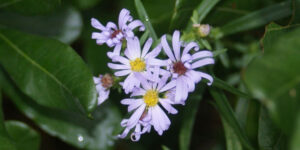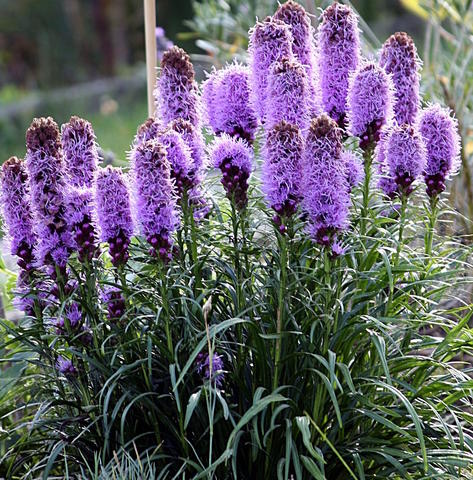Incorporating native plants into your Massachusetts garden is an excellent way to support local ecosystems, conserve water, and create a beautiful, low-maintenance landscape. Native plants are well-adapted to the local climate and soil conditions, making them more resilient and easier to care for.
Benefits of Native Plants
- Low Maintenance: Native plants require less water, fertilizer, and pest control compared to non-native species.
- Wildlife Support: They provide essential habitat and food sources for local wildlife, including birds, butterflies, and pollinators.
- Environmental Conservation: Native plants help prevent soil erosion, improve soil health, and reduce the need for chemical inputs.
Top Native Plants for Massachusetts Gardens
- Perennials
- New England Aster (Symphyotrichum novae-angliae): Vibrant purple flowers that bloom in late summer and fall, attracting butterflies and bees.
- Black-Eyed Susan (Rudbeckia hirta): Bright yellow flowers with dark centers, perfect for sunny spots.
- Bee Balm (Monarda didyma): Fragrant flowers in shades of red, pink, and purple that attract hummingbirds and pollinators.
- Shrubs
- Highbush Blueberry (Vaccinium corymbosum): Provides beautiful fall foliage and delicious berries.
- Mountain Laurel (Kalmia latifolia): Evergreen shrub with stunning clusters of pink or white flowers.
- Winterberry (Ilex verticillata): Deciduous holly with bright red berries that add winter interest and feed birds.

- Trees
- Red Maple (Acer rubrum): Known for its brilliant fall color and adaptability to various soil types.
- Eastern Redbud (Cercis canadensis): Small tree with striking pink flowers in early spring.
- White Oak (Quercus alba): Majestic tree providing excellent shade and habitat for wildlife.
- Grasses and Groundcovers
- Little Bluestem (Schizachyrium scoparium): Ornamental grass with blue-green foliage that turns coppery orange in the fall.
- Pennsylvania Sedge (Carex pensylvanica): Low-growing, shade-tolerant groundcover perfect for woodland gardens.
- Wild Geranium (Geranium maculatum): Attractive groundcover with pink to purple flowers in spring.
Planting and Care Tips
- Soil Preparation: Test your soil and amend it as needed to match the preferences of your chosen native plants.
- Proper Placement: Group plants with similar water, light, and soil requirements for a healthier, more cohesive garden.
- Watering: Native plants generally require less water once established but ensure they receive adequate moisture during their first year.
- Mulching: Apply mulch to retain moisture, suppress weeds, and regulate soil temperature.
- Pest Management: Use organic methods to manage pests and diseases, and encourage natural predators.
Contact Green Pulse Landscaping
At Green Pulse Landscaping, we are committed to helping you create a sustainable and beautiful garden using native plants. Contact us for expert advice, design services, and installation of native plant gardens.
Contact us today for a free estimate at
(857) 504-5117 or email us at
contact@greenpulselandscaping.com to schedule a consultation and learn how we can help you achieve a lush, green lawn.
Click to Call Us!


